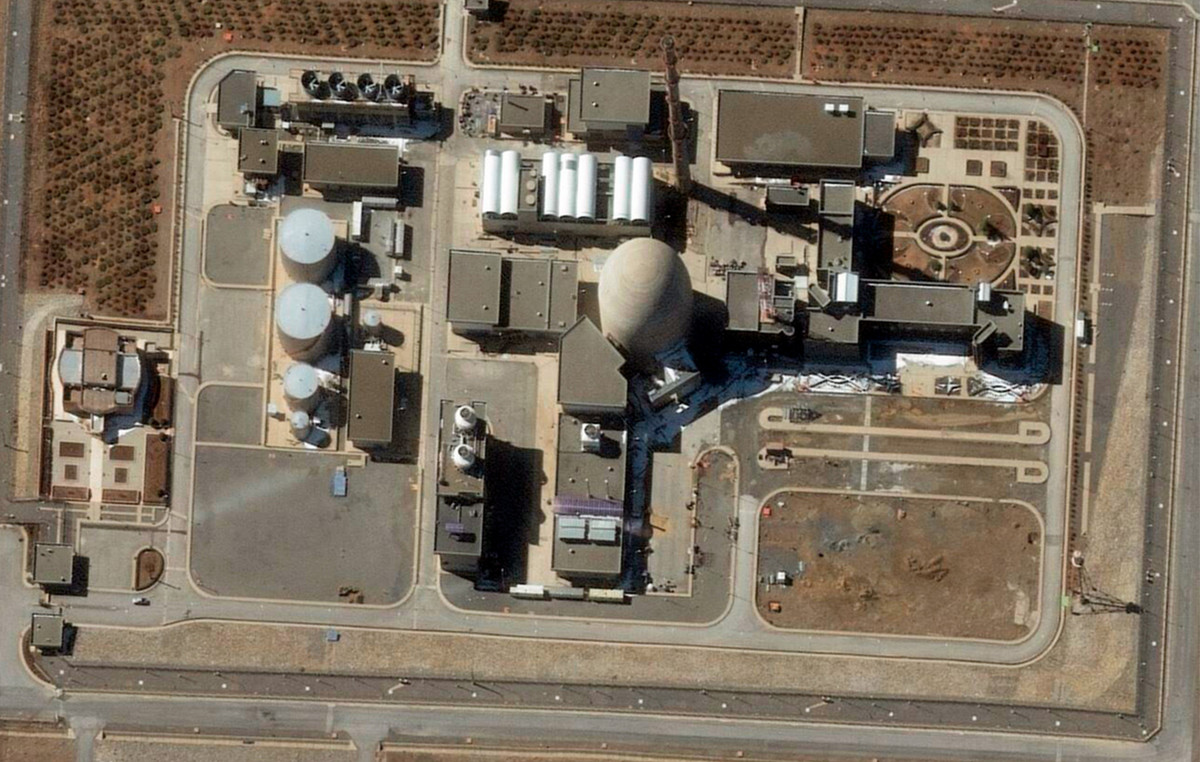- The Australian dollar is on the defensive at the mercy of rising US bond yields, despite the RBA rate hike.
- The Federal Reserve has the green light to continue its aggressive cycle after US PMIs remained in expansionary territory.
- The US labor market remains tight, as the JOLTS report shows.
AUD/USD fell for the fourth consecutive day, thanks to the strength of the dollar, after manufacturing activity in the United States showed the resilience of the economy, although the Reserve Bank of Australia (RBA) raised rates in 25 basis points, which strengthened the AUD ahead of the US session. At the time of writing, the AUD/USD is trading at 0.6387,
The dollar was bolstered by the data, which weighed on the AUD.
Market sentiment remains bearish, as US stocks trading at a loss show. The ISM Manufacturing report for October beat forecasts to come in at 50.2 versus an estimate of 50, while a sub-component that measures prices fell to its lowest level in two years. Meanwhile, an earlier report heralded the ISM data, as the S&P Global Manufacturing PMI for the same period slowed. Even so, it was above estimates of 49.9, at 50.4, but below the September figure.
Additionally, the US Department of Labor released JOLTS data for September, which unexpectedly topped estimates of 10 million to 10.717 million, up from 10.28 million in August.
AUD/USD reacted lower, weighed down by rising US Treasury yields, in particular the 10-year Treasury yield, which reclaimed the 4% threshold. The pair fell from around 0.6437 to 0.6380.
Elsewhere, in the Asian session, the Reserve Bank of Australia (RBA) raised rates by 25 basis points, as expected, leaving the cash rate at 2.85%. RBA Governor Philip Lowe commented that the central bank intended to return inflation to the 3% target, which the central bank forecasts would be reached in 2024.
With quarterly inflation rising 7.3%, the RBA recognized that monetary policy is running behind schedule, so the 50-25 slowing path would allow the RBA to assess consumer spending amid an uncertain global economic outlook.
What to watch out for
During the week, the Australian economic calendar will include the AI Group manufacturing index for October, along with housing data and the RBA chart package. In the United States, the agenda will include the mortgage rate update, the ADP employment change and the Federal Reserve’s policy decision.
AUD/USD Key Technical Levels
AUD/USD
| Overview | |
|---|---|
| last price today | 0.6388 |
| Today I change daily | -0.0010 |
| Today’s daily variation in % | -0.16 |
| Daily opening today | 0.6398 |
| Trends | |
|---|---|
| daily SMA20 | 0.6355 |
| daily SMA50 | 0.6576 |
| daily SMA100 | 0.6747 |
| daily SMA200 | 0.6986 |
| levels | |
|---|---|
| Previous daily high | 0.6428 |
| Previous Daily Low | 0.6368 |
| Previous Weekly High | 0.6522 |
| Previous Weekly Low | 0.6272 |
| Previous Monthly High | 0.6548 |
| Previous Monthly Low | 0.617 |
| Daily Fibonacci of 38.2% | 0.6391 |
| Daily Fibonacci of 61.8% | 0.6405 |
| Daily Pivot Point S1 | 0.6368 |
| Daily Pivot Point S2 | 0.6338 |
| Daily Pivot Point S3 | 0.6308 |
| Daily Pivot Point R1 | 0.6428 |
| Daily Pivot Point R2 | 0.6458 |
| Daily Pivot Point R3 | 0.6488 |
Source: Fx Street
With 6 years of experience, I bring to the table captivating and informative writing in the world news category. My expertise covers a range of industries, including tourism, technology, forex and stocks. From brief social media posts to in-depth articles, I am dedicated to creating compelling content for various platforms.







